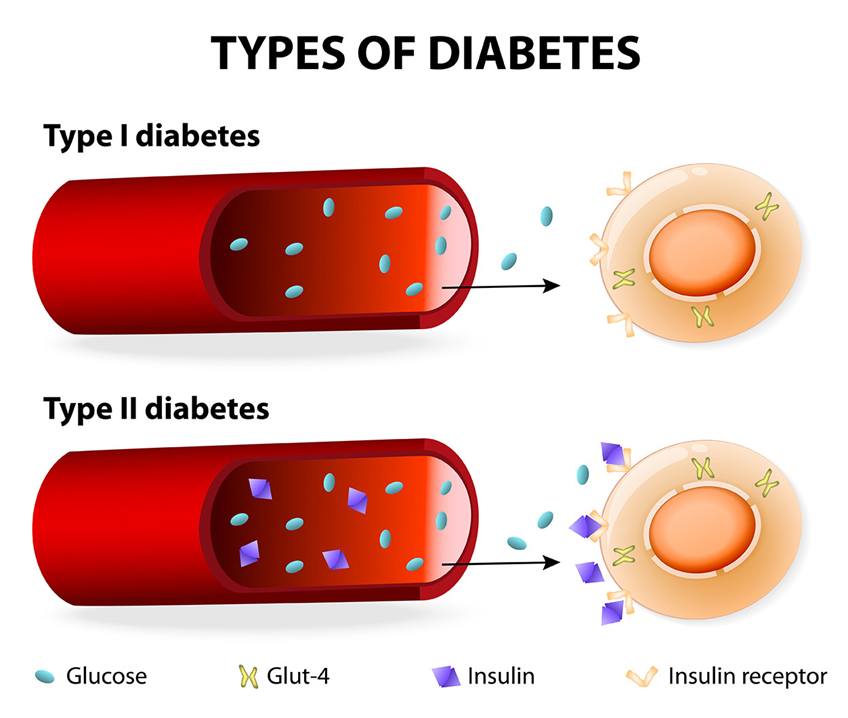A nurse is reviewing epidemiological information on environmental pollutants within the community. Which of the following pathophysiologies due to hazardous exposure should the nurse anticipate among manual labor workers?
Hearing loss
Multiple sclerosis
Influenza
Alopecia
The Correct Answer is A
Choice A: Hearing Loss
Hearing loss is a common pathophysiology among manual labor workers due to exposure to high levels of noise in the workplace. Prolonged exposure to loud machinery, tools, and equipment can lead to noise-induced hearing loss (NIHL). This condition is preventable with proper use of hearing protection and adherence to occupational safety guidelines.
Choice B: Multiple Sclerosis
Multiple sclerosis (MS) is a chronic autoimmune disease that affects the central nervous system. It is not typically associated with environmental pollutants or hazardous exposure in the workplace. MS is believed to be caused by a combination of genetic and environmental factors, but it is not a common condition among manual labor workers due to occupational hazards.
Choice C: Influenza
Influenza is a viral infection that affects the respiratory system. While manual labor workers can contract influenza, it is not directly related to hazardous exposure or environmental pollutants in the workplace. Influenza is more commonly spread through person-to-person contact and is preventable through vaccination and good hygiene practices.
Choice D: Alopecia
Alopecia refers to hair loss, which can be caused by various factors including genetics, autoimmune conditions, and stress. It is not typically associated with hazardous exposure or environmental pollutants in the workplace. Manual labor workers are not at a higher risk of developing alopecia due to their occupational environment.
Nursing Test Bank
Naxlex Comprehensive Predictor Exams
Related Questions
Correct Answer is C
Explanation
Choice A: Prevalence Rate
The prevalence rate measures the total number of cases of a disease or health condition in a population at a specific point in time or over a specified period. It is expressed as a proportion of the population. While useful for understanding the burden of disease, the prevalence rate does not provide information on the number of deaths, making it unsuitable for calculating mortality data.
Choice B: Case Fatality Rate
The case fatality rate (CFR) is the proportion of individuals diagnosed with a particular disease who die from that disease within a specified period. It is expressed as a percentage. While CFR provides insight into the severity of a disease, it does not give the overall number of deaths in a population, nor does it specify the age group affected.
Choice C: Age-Specific Mortality Rate
The age-specific mortality rate is the number of deaths in a specific age group per 100,000 population in that age group over a given period. This measure is ideal for calculating the number of deaths among school-age children, as it provides detailed mortality data specific to that age group. By using this rate, the nurse can accurately determine the mortality rate for school-age children in the county.
Choice D: Cause-Specific Mortality Rate
The cause-specific mortality rate is the number of deaths from a specific cause per 100,000 population in a given year. While this measure is useful for understanding the impact of specific diseases or conditions, it does not provide a comprehensive view of mortality across different age groups. Therefore, it is not the best choice for calculating the overall number of deaths among school-age children.
Correct Answer is C
Explanation
Choice A Reason:
The closure of the elementary school and the shift to remote learning is a significant change for the child and family. However, it does not directly impact the child's diabetes management. The nurse should be aware of this change as it may affect the child's routine and stress levels, but it is not the primary concern in managing diabetes.
Choice B Reason:
The lenient notice from the power company regarding back payment of debt is a relief for the family, but it does not directly affect the child's diabetes care. While financial stability is important, the immediate concern for the nurse is ensuring the child has access to necessary medical care and supplies.
Choice C Reason:
The family may not be able to see preferred providers due to increased health insurance costs. This is a critical issue because access to preferred healthcare providers is essential for managing the child's diabetes effectively. Consistent care from knowledgeable providers ensures proper monitoring, education, and adjustments to the child's treatment plan. Without access to these providers, the child's health could be compromised.
Choice D Reason:
Enrollment in the Supplemental Nutrition Assistance Program (SNAP) to receive extra food benefits is beneficial for the family's overall nutrition. However, it does not directly address the specific needs related to managing diabetes. While good nutrition is important, the primary concern is ensuring access to specialized medical care.

Whether you are a student looking to ace your exams or a practicing nurse seeking to enhance your expertise , our nursing education contents will empower you with the confidence and competence to make a difference in the lives of patients and become a respected leader in the healthcare field.
Visit Naxlex, invest in your future and unlock endless possibilities with our unparalleled nursing education contents today
Report Wrong Answer on the Current Question
Do you disagree with the answer? If yes, what is your expected answer? Explain.
Kindly be descriptive with the issue you are facing.
